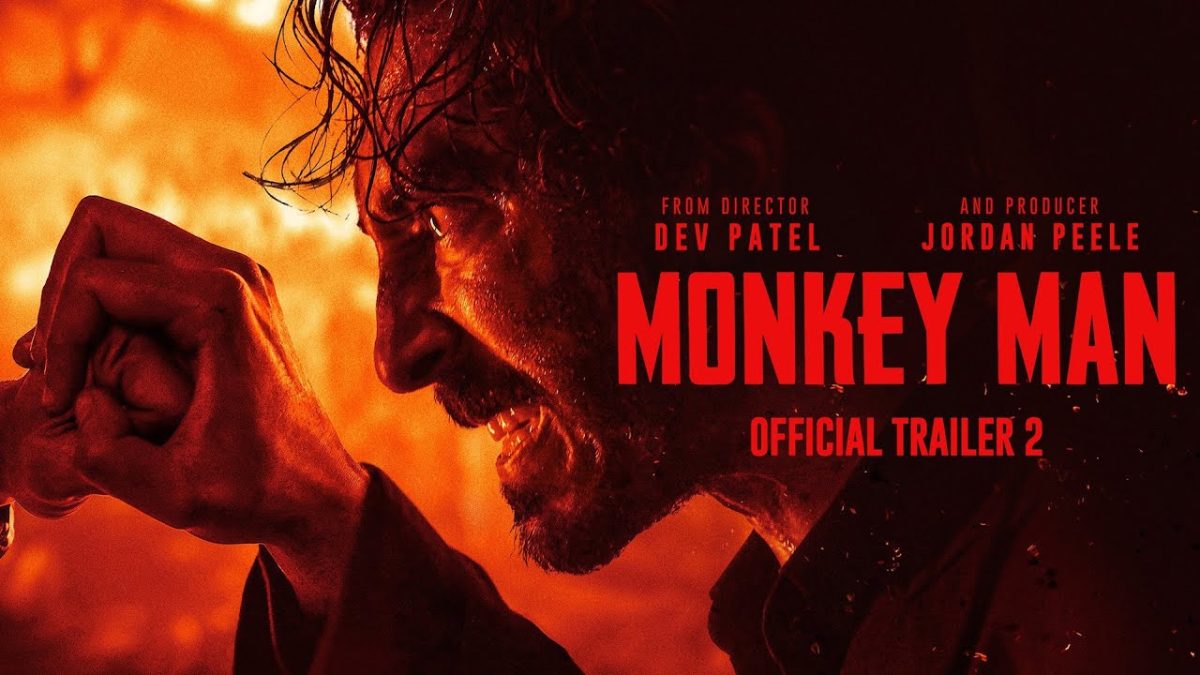Two men dressed as animals circle each other in a ring. Around them, a hungry crowd cheers. One man is tall and strong, his bald head painted with scales to resemble the skin of a snake. Opposite him, the smaller man wears a mask of a monkey. This tense moment sets the “against all odds” tone for Dev Patel’s “Monkey Man,” which was released in April and is now available to stream.
In contrast to many American action movies, the nameless protagonist in “Monkey Man” isn’t smooth, sunglass-clad, or secret gadget-wielding. Instead, this movie compellingly sets itself apart by being strikingly violent and dark, while exploring the roots of India and the beauty in the layers of the country’s history.
In this exciting, complex and action-packed movie, we follow the protagonist (Mr. Patel) through the most impoverished and shockingly elite parts of India on his search for justice for his mother. With the Hindu god Hanuman and early myths of his childhood painting the background, Mr. Patel’s character battles through the political, religious and hierarchical corruption of modern India.
The shocking brutality of the film’s fight sequences highlight the movie’s dark edge, differentiating it from most American action movies. Instead of your typical John Wick shot of the main character effortlessly fighting through a room of bad guys, Mr. Patel’s character (sometimes quite literally) fights tooth and nail for his life. Violence predominates the second half of this movie, and one such fight sequence had audience members in the theater laugh out loud in an “OK, they went there,” moment.
While violent, “Monkey Man” is full of beauty — ranging from colorful, abstract animated sequences to the sense of belonging the main character feels when he’s rescued by a group of Hijras — an ancient South Asian group of gender-fluid people who are often abhorred in India today.
This movie explores India’s complexity, starting off in an underground fighting ring but covering the country from the slums up to the highest floor of the tallest skyscraper and back down to the small village life of the main character’s childhood.
“Monkey Man” provides a rare space for a South Asian actor to star in an American action movie. Instead of being the lovable, clueless friend everyone knows will die first, Mr. Patel portrays a young man full of pain and in search of justice. As the protagonist dismantles an elaborate hierarchy of human traffickers and corrupt officers, the antagonist remarks that “one small ember can burn down everything.”
In both the space it creates for Indian actors and the unapologetic statements it makes, “Monkey Man” is an important movie. Its biggest strength is how it successfully diverts expectations, and manages to use heavy themes of corruption and cruelty to highlight the perseverance of beauty and the power of a spark.





















































